The House Under the Ground is a Dutch home surrounded in wildflowers and green meadow
The House Under the Ground by WillemsenU is a unique Dutch house blending in its green field
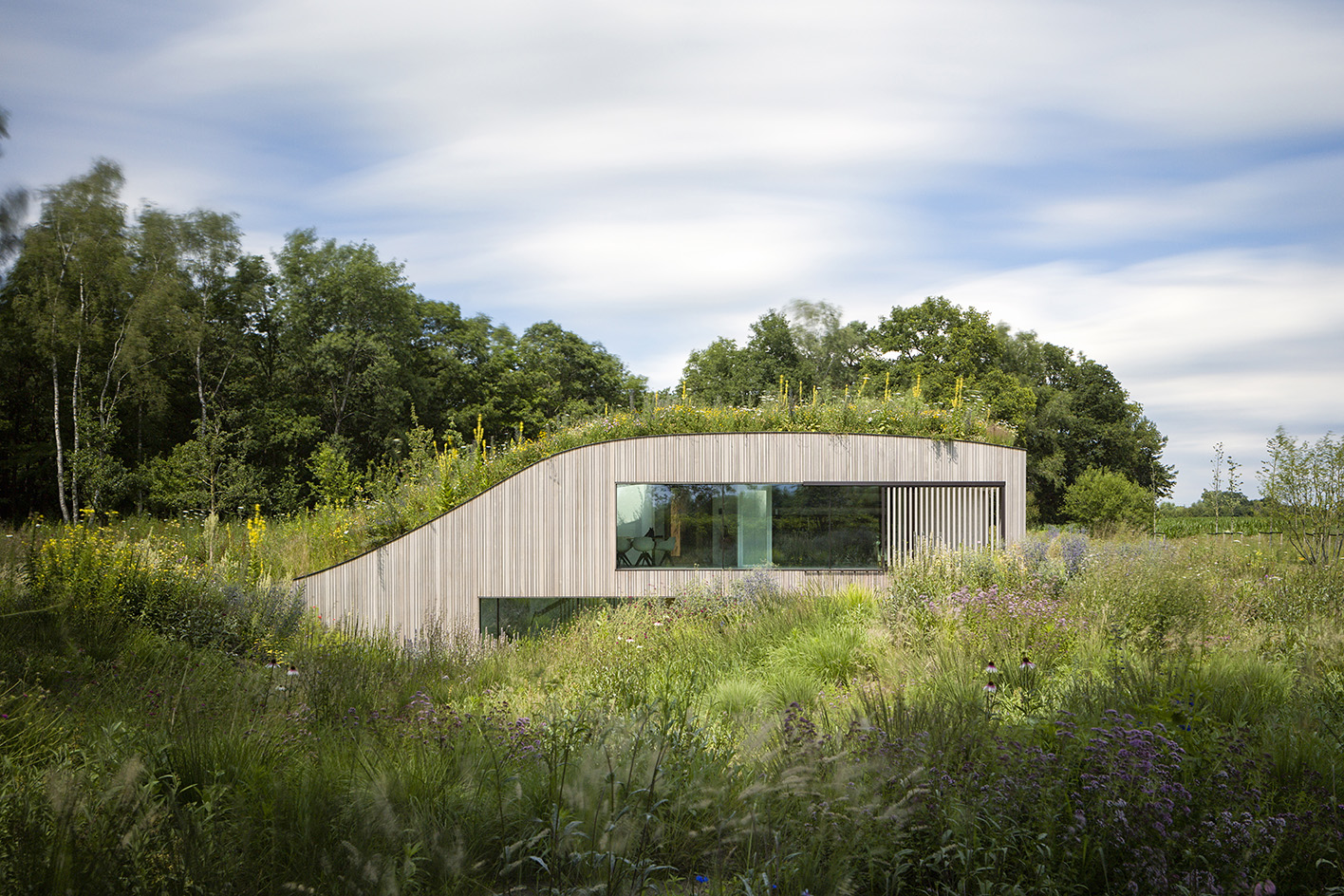
Eindhoven-based architecture studio WillemsenU has hidden a house in an undulating meadow on the edge of a nature reserve in The Netherlands. Surrounded by wild flowers and meandering streams, the house has a curved concrete, green roof that rises from the ground and could easily be mistaken for a grassy hill.
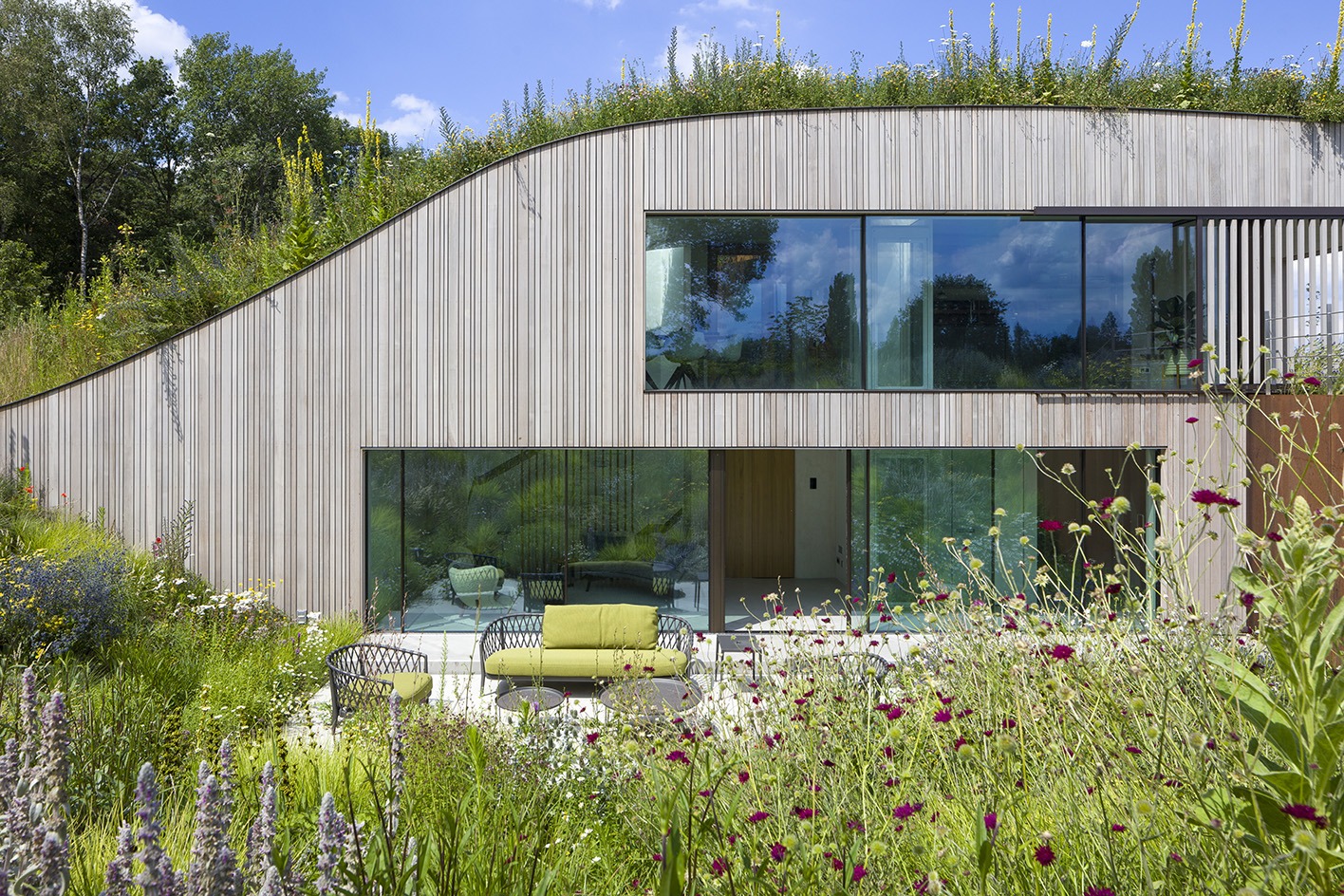
The House Under the Ground
Occupying the plot of a former goat house, the two-bedroom house has a compact footprint yet feels generous and expansive inside. The poured concrete roof hides three levels of living spaces beneath it, two of them below ground level. Though, contrary to what you might expect from a mostly underground house, this one is filled with daylight and cleverly connects its inhabitants to the outdoors.

The plan of the house has been carefully modelled to balance both privacy and openness. Reached by a narrow path that intersects the ‘hill’, the entrance leads into the upper (ground floor) level of the house where there is an open plan kitchen and dining space with an outdoor terrace in the midst of the meadow. The lower levels are reached by a glass lift (the house is future-proofed for later life) or via the floating, crystal-clear-laminated glass staircase. A skylight is located above this void, so daylight flows down through the translucent materials.
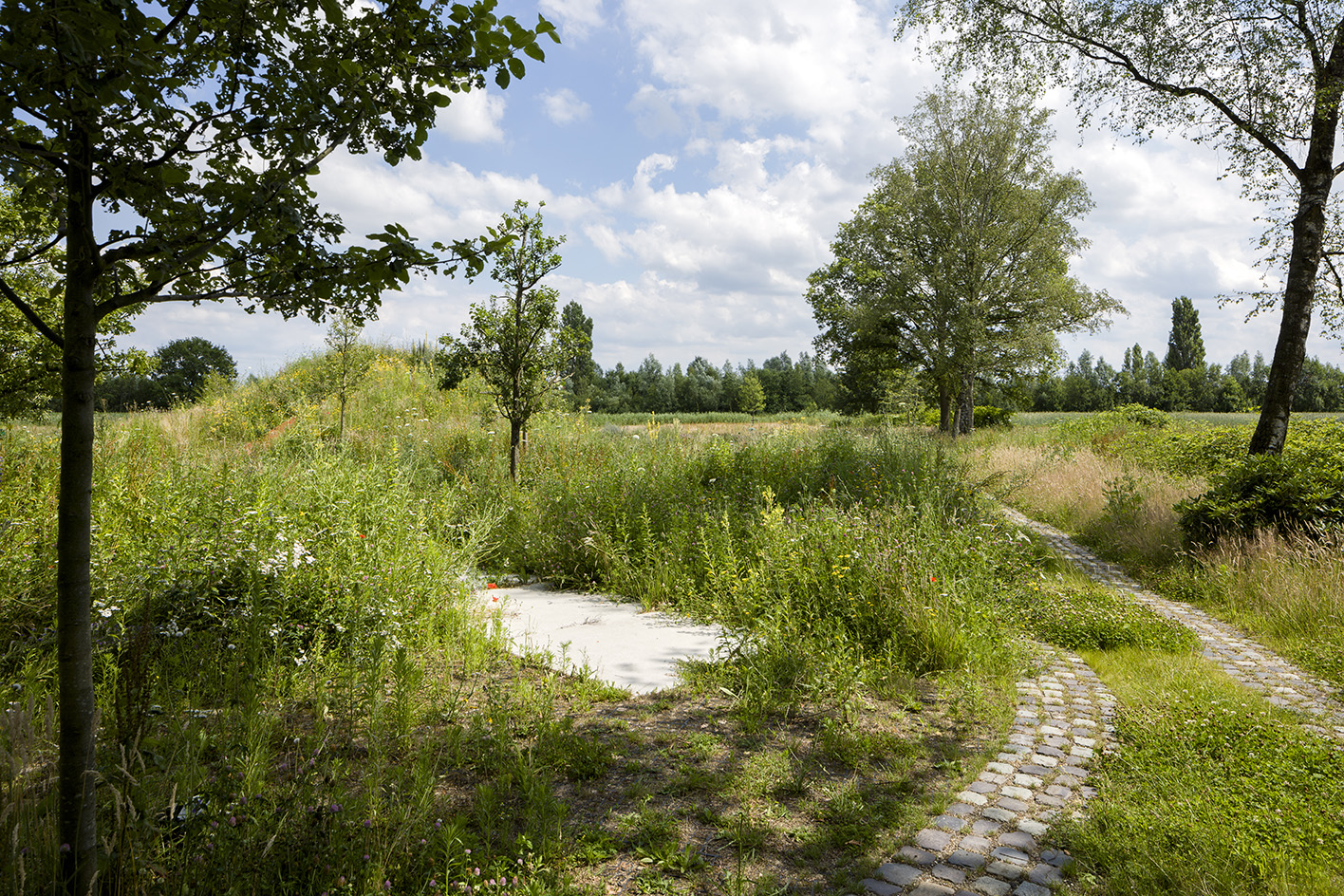
At level minus one, there is an open plan living room overlooking a private subterranean garden that looks like you have sunken into a small valley with naturalistic landscaping by Bert Huls. The principal bedroom is located at minus two, where daylight still reaches easily down. There are also added benefits from being mostly underground; heat is extracted from the earth by a heat pump and it is energy efficient as it is naturally insulated by the earth, keeping warm in winter and cool in summer.
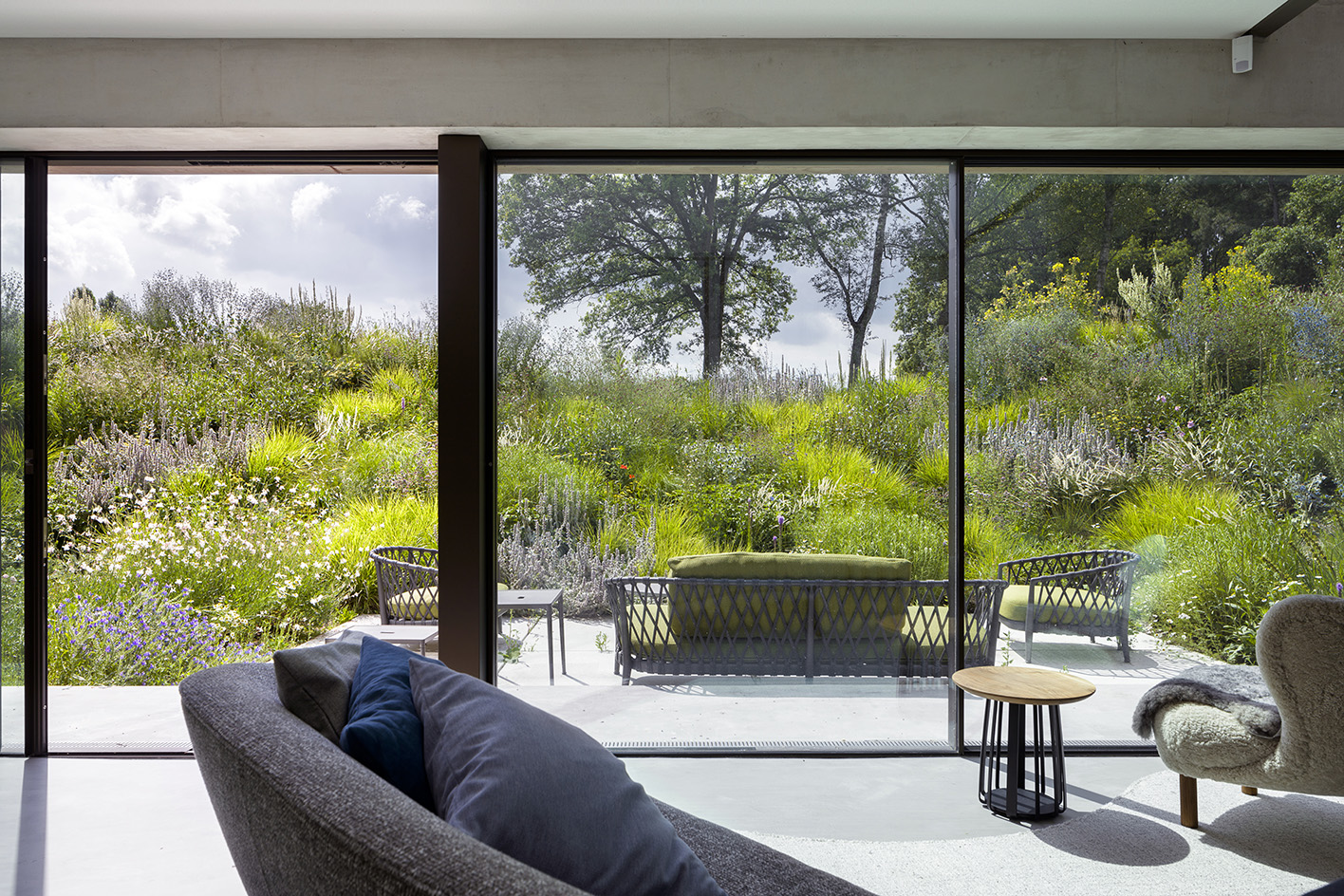
Whilst working with nature, the house also offers protection through resilient, modern materials. The facade is clad in rhythmically board-marked concrete, wooden slats (nodding to the old goat shed) and Corten steel. It has floor-to ceiling windows and inside, floors, walls and ceilings are finished with concrete facing – all providing a cool contrast to the green landscape, yet softened by the defining curve of the roof.

'Life – human and non-human, flora and fauna – is always central in my designs,' says Marrit Winkeler, project architect, WillemsenU. She compares designing architecture to poetry. 'Using literary techniques can bend the restrictions of the real world for a while, and open up possibilities for unconventional architecture,' she says. 'And like poetry, architecture can reveal and evoke hidden layers of emotion and meaning.'

Receive our daily digest of inspiration, escapism and design stories from around the world direct to your inbox.
Harriet Thorpe is a writer, journalist and editor covering architecture, design and culture, with particular interest in sustainability, 20th-century architecture and community. After studying History of Art at the School of Oriental and African Studies (SOAS) and Journalism at City University in London, she developed her interest in architecture working at Wallpaper* magazine and today contributes to Wallpaper*, The World of Interiors and Icon magazine, amongst other titles. She is author of The Sustainable City (2022, Hoxton Mini Press), a book about sustainable architecture in London, and the Modern Cambridge Map (2023, Blue Crow Media), a map of 20th-century architecture in Cambridge, the city where she grew up.
-
 The rising style stars of 2026: Oscar Ouyang is taking knitwear into new realms
The rising style stars of 2026: Oscar Ouyang is taking knitwear into new realmsAs part of the January 2026 Next Generation issue of Wallpaper*, we meet fashion’s next generation. Born in Beijing, Central Saint Martins graduate Oscar Ouyang is inspired by anime, medieval folklore and his friends’ wardrobes
-
 Zbeul Studio's 'future relics' merge traditional craft with unexpected materials
Zbeul Studio's 'future relics' merge traditional craft with unexpected materialsWallpaper* Future Icons: Paris-based studio Zbeul merges archaeology, craft, and design, taking the design process to innovative places
-
 Deep dive into Carlos H Matos' boundary-pushing architecture practice in Mexico
Deep dive into Carlos H Matos' boundary-pushing architecture practice in MexicoMexican architect Carlos H Matos' designs balance the organic and geometric, figurative and abstract, primitive and futuristic
-
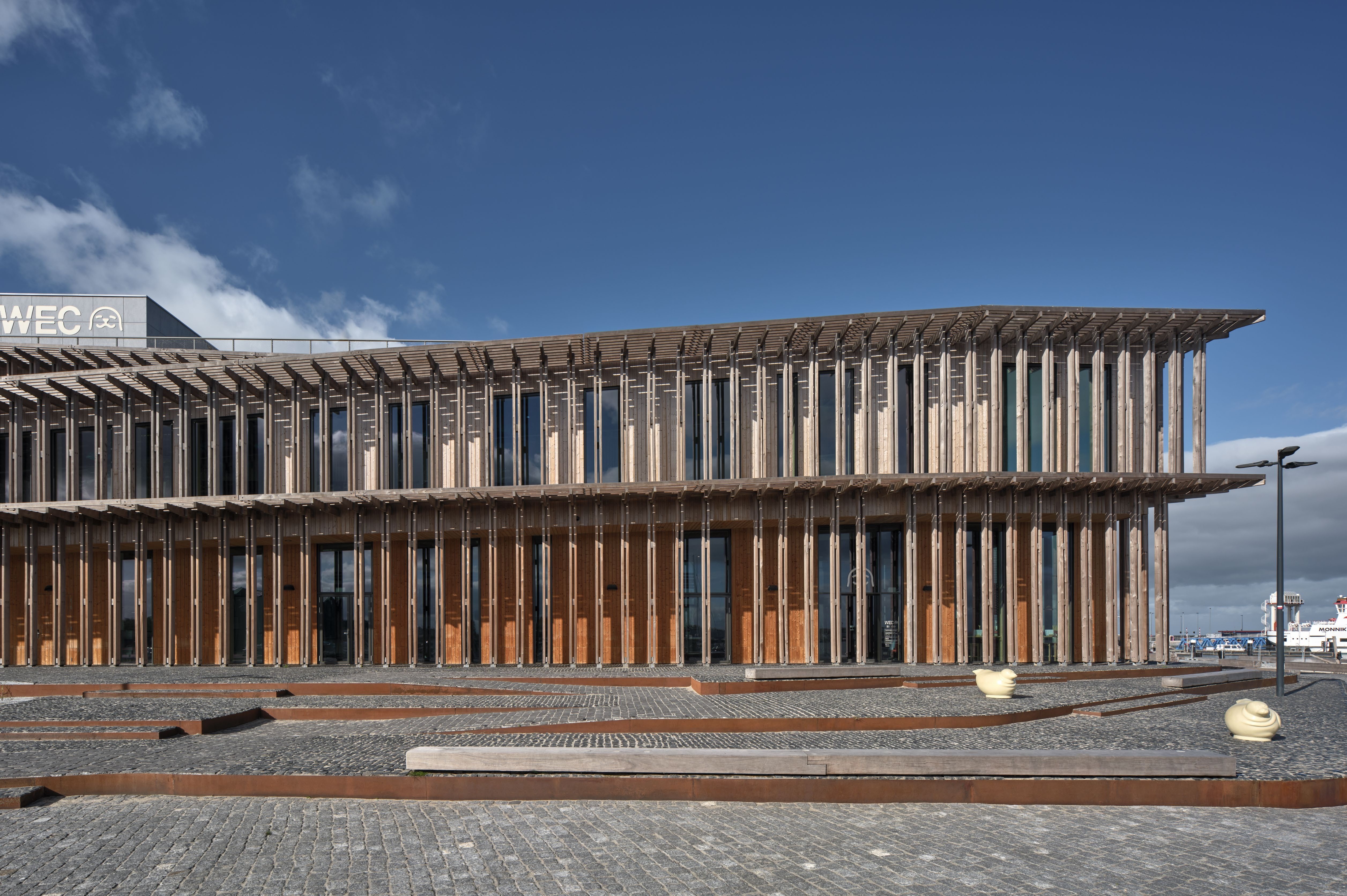 A Dutch visitor centre echoes the ‘rising and turning’ of the Wadden Sea
A Dutch visitor centre echoes the ‘rising and turning’ of the Wadden SeaThe second instalment in Dorte Mandrup’s Wadden Sea trilogy, this visitor centre and scientific hub draws inspiration from the endless cycle of the tide
-
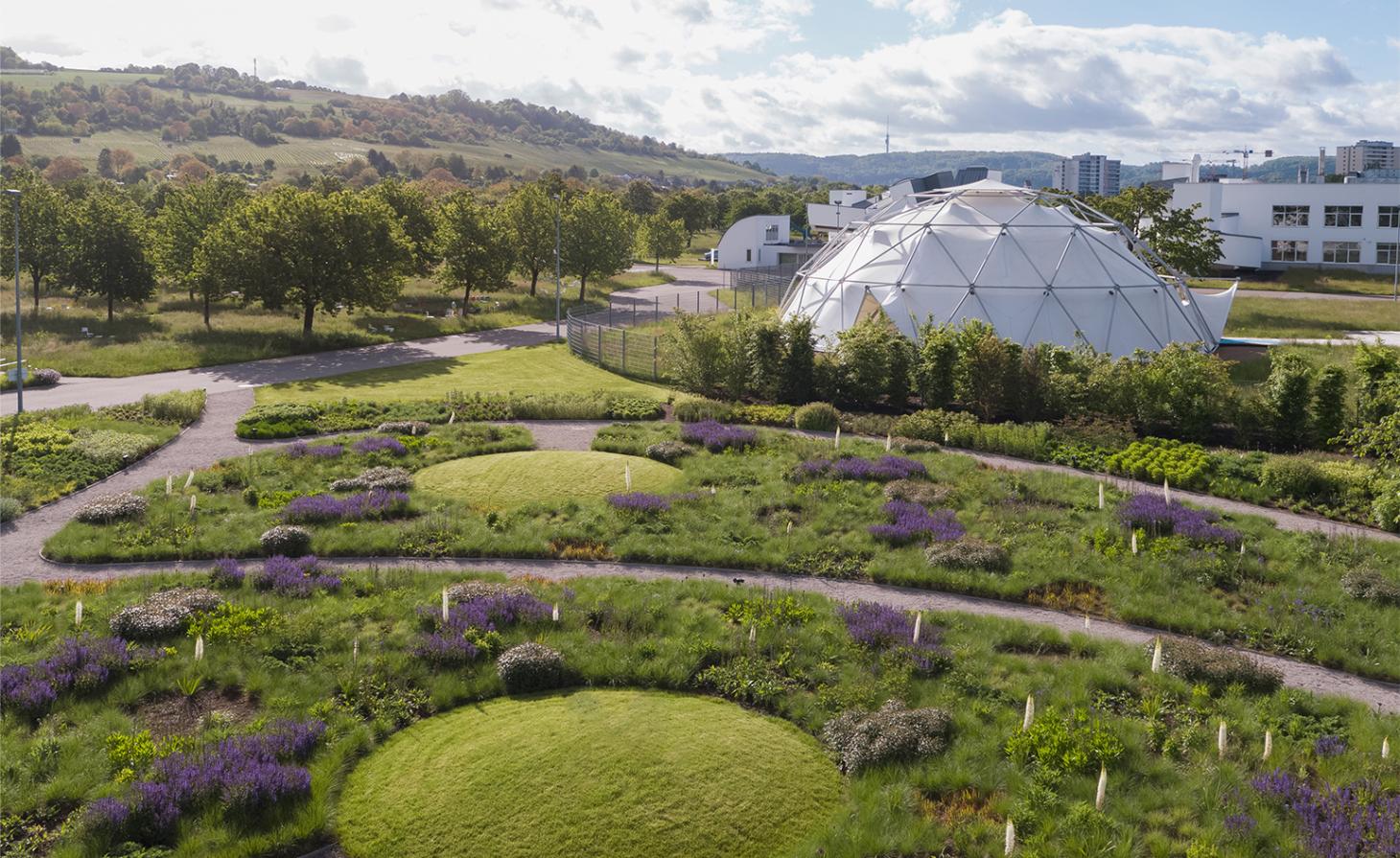 Piet Oudolf is the world’s meadow-garden master: tour his most soul-soothing outdoor spaces
Piet Oudolf is the world’s meadow-garden master: tour his most soul-soothing outdoor spacesPiet Oudolf is one of the most impactful contemporary masters of landscape and garden design; explore our ultimate guide to his work
-
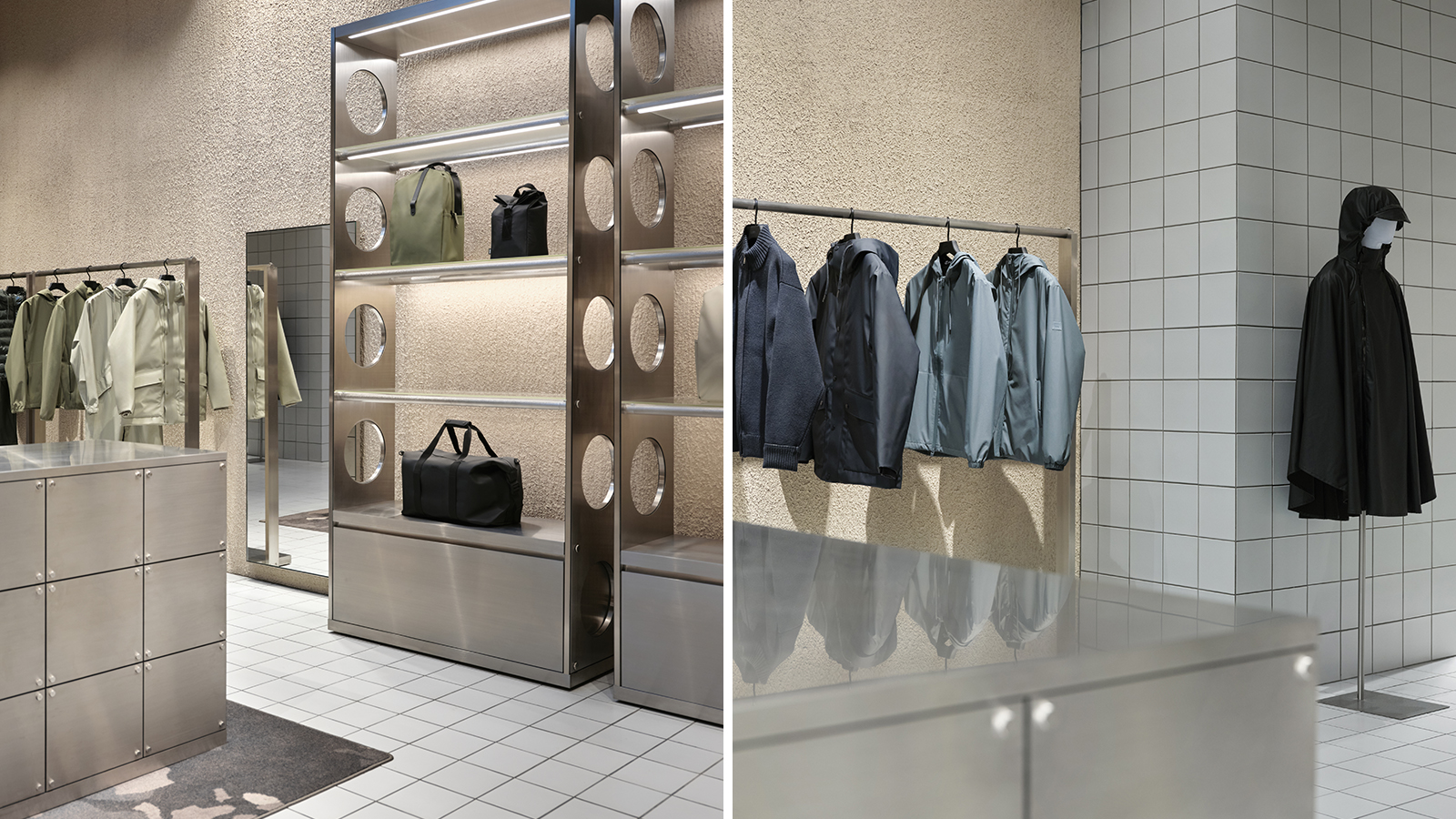 Rains Amsterdam is slick and cocooning – a ‘store of the future’
Rains Amsterdam is slick and cocooning – a ‘store of the future’Danish lifestyle brand Rains opens its first Amsterdam flagship, marking its refined approach with a fresh flagship interior designed by Stamuli
-
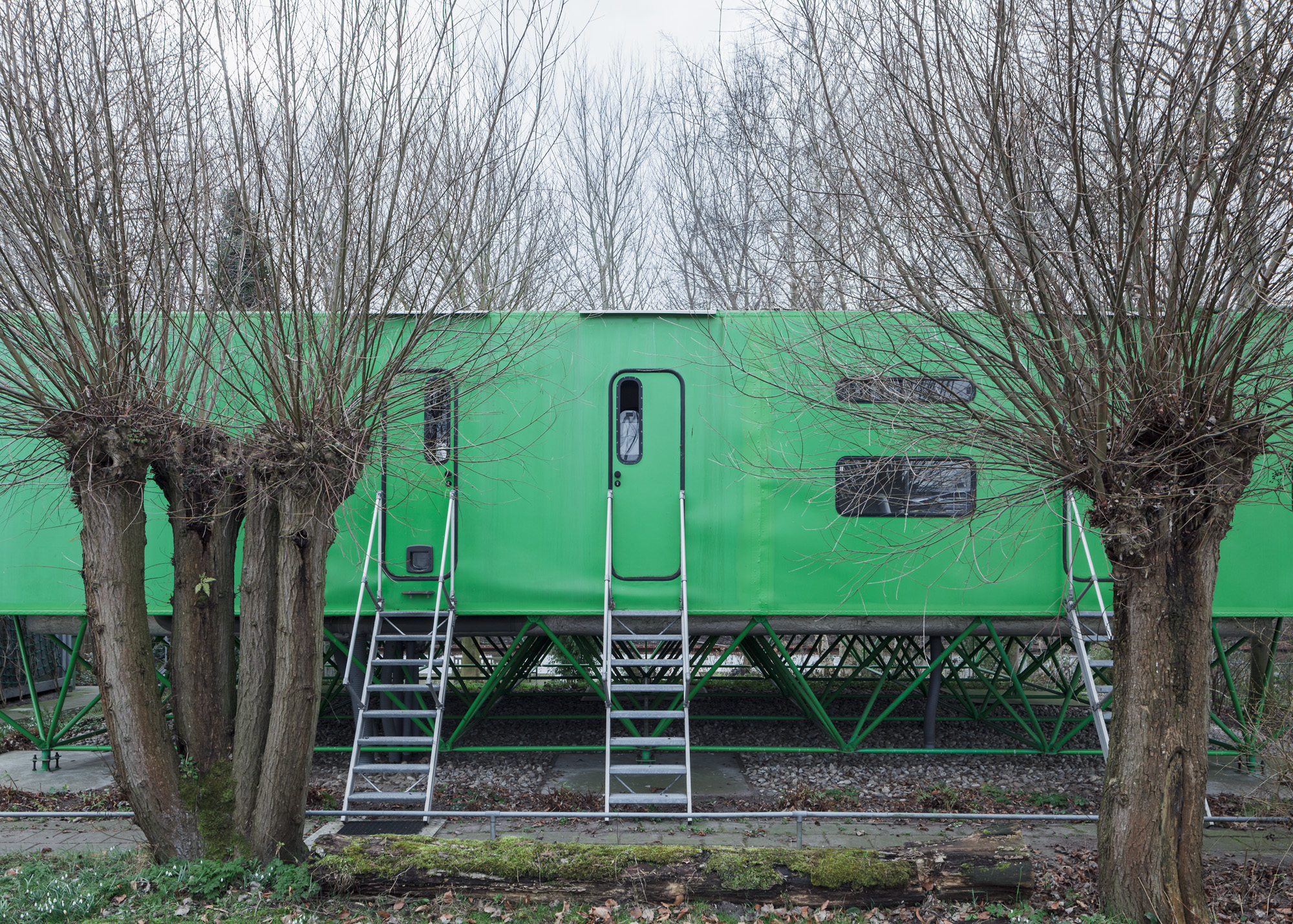 Flat-out brilliance: three Dutch houses that celebrate the horizontal
Flat-out brilliance: three Dutch houses that celebrate the horizontalThese three Dutch houses, built between the 1980s and the 2020s, blend seamlessly into the flat landscapes of the low country
-
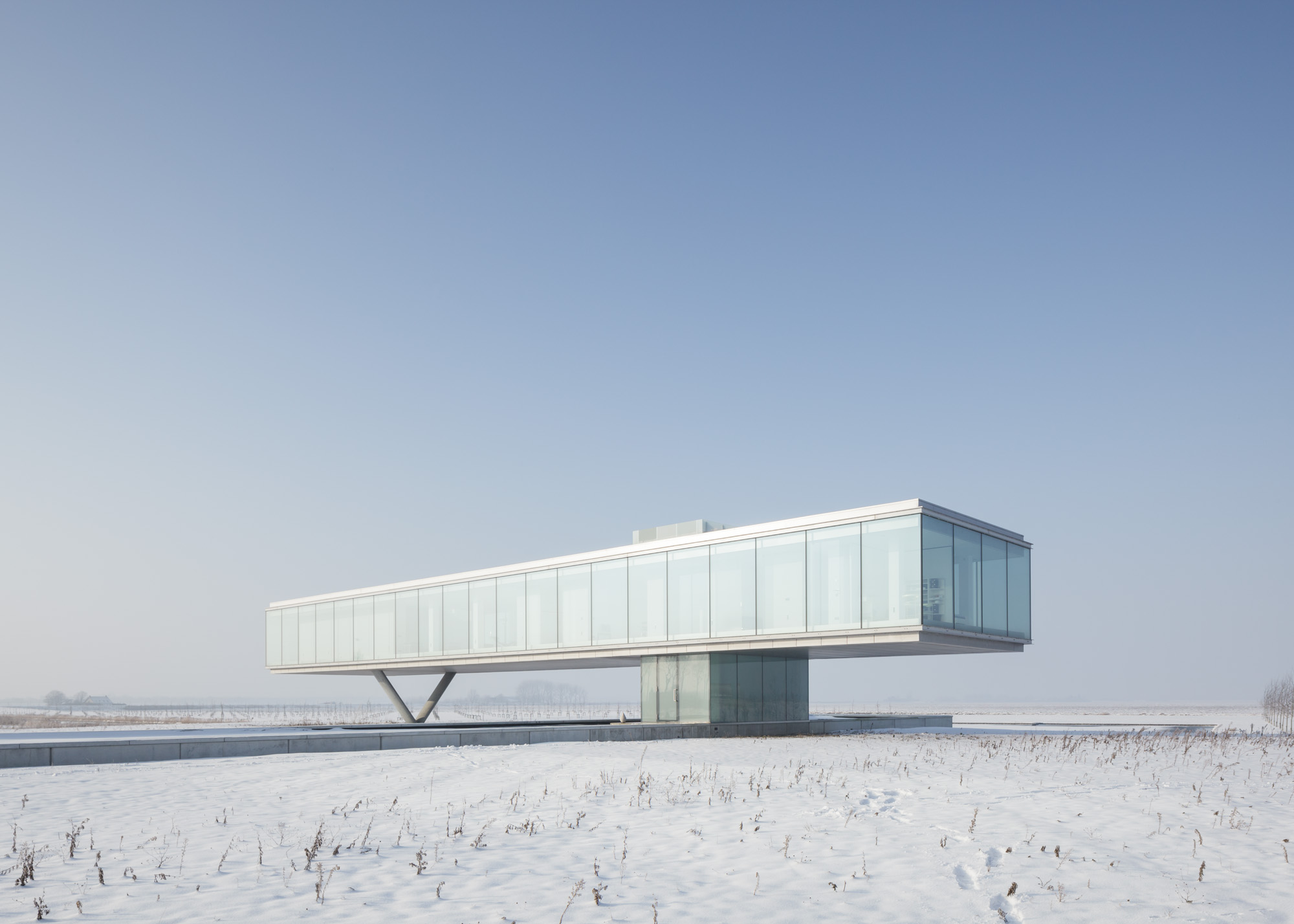 Explore a Dutch house which reframes brutalist architecture’s relationship with nature
Explore a Dutch house which reframes brutalist architecture’s relationship with natureA Dutch house by architect Paul de Ruiter is perfectly at one with the flatlands of the Netherlands; we dig into the Wallpaper* archive to revisit this unapologetic, sharp-angled streak across the landscape
-
 Discover a Jan Benthem-designed, 1980s High-Tech capsule house created in under a week
Discover a Jan Benthem-designed, 1980s High-Tech capsule house created in under a weekHow a small house by architect Jan Benthem in the Netherlands raised the stakes for High-Tech architecture and fuelled a self-build revolution; we dig into our archives for a Wallpaper* classic, first published in May 2014
-
 Ma Yansong's latest project is anchored by a gleaming stainless steel 'tornado'
Ma Yansong's latest project is anchored by a gleaming stainless steel 'tornado'The new Fenix museum in Rotterdam, devoted to migration, marks MAD's first European cultural project.
-
 Portlantis is a new Rotterdam visitor centre connecting guests with its rich maritime spirit
Portlantis is a new Rotterdam visitor centre connecting guests with its rich maritime spiritRotterdam visitor centre Portlantis is an immersive experience exploring the rich history of Europe’s largest port; we preview what the building has to offer and the story behind its playfully stacked design